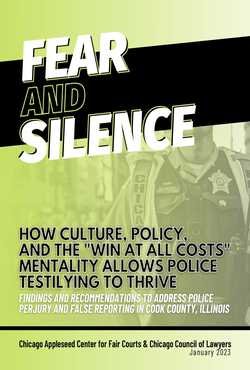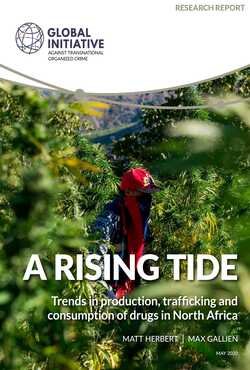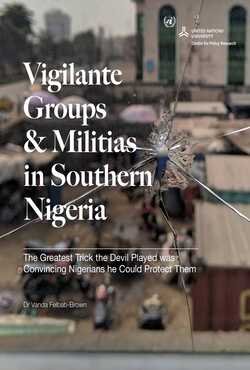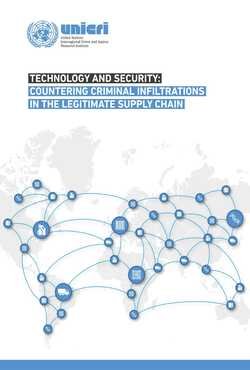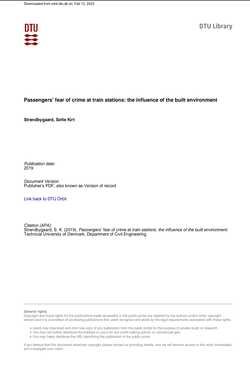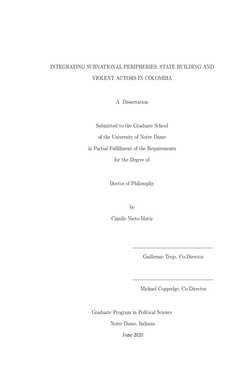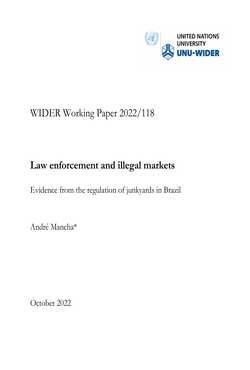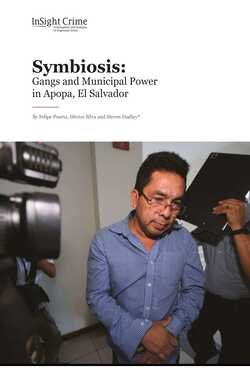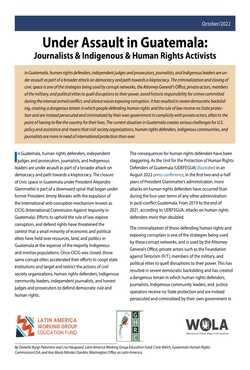By Chicago Appleseed Center for Fair Courts & Chicago Council of Lawyers
Police who lie, perjure themselves in court, and/or file false reports are pervasive throughout the United States. Perjury and false reporting prevents courts from operating as designed and poses enormous barriers to justice. While the issue of police perjury – or “testilying” – has been discussed as a broad phenomenon and in relation to specific cases, there have been few attempts to examine the issue within a single court system. For this report, Chicago Appleseed Center for Fair Courts and the Chicago Council of Lawyers interviewed attorneys, researchers, journalists, community organizers, and directly impacted people to identify how false reports and police perjury impact the Circuit Court of Cook County and the people it serves. We have reviewed secondary data in order to understand the scope and impact of police perjury and false reporting on Cook County community members, while paying particular attention to issues relating directly to the Chicago Police Department. Through this research, we have identified several themes that indicate that systemic factors allow police to lie, submit false reports, and perjure themselves. We have also identified the roles of court actors – including law enforcement, prosecutors, and judges – in allowing or encouraging false reporting to exist and go unaddressed in the Circuit Court of Cook County. Based on our findings, we provide nine recommendations to limit opportunities and enforce consequences for lying, better monitor officers in the field, improve transparency, and create long-term cultural change in an attempt to limit the police perjury and false reporting that harms communities.
Chicago: Chicago Appleseed, 2023. 45p.


